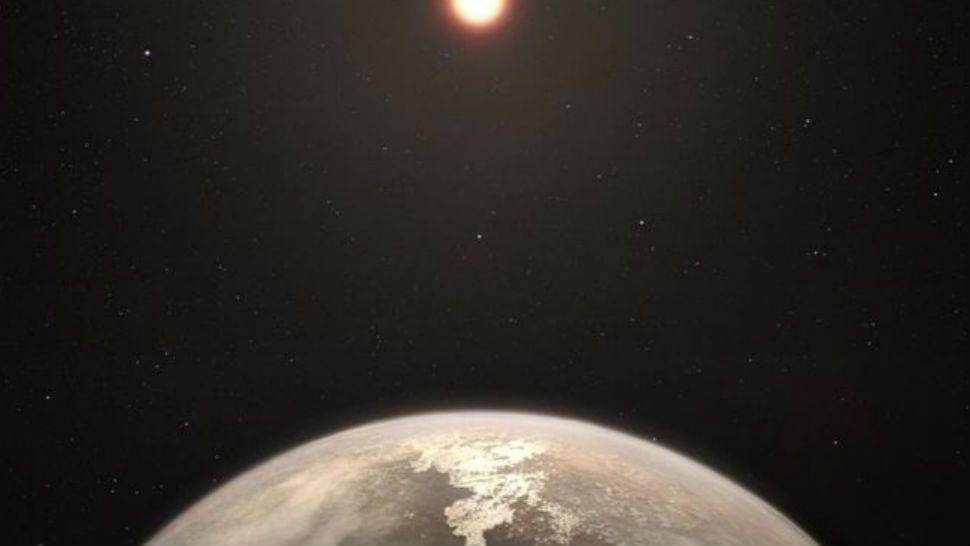Scientists have discovered an exoplanet that could harbor life and it’s only 11 light-years away.
Astronomers say Ross 128 b has some similar characteristics to Earth: It’s roughly the same size and may have a comparable surface temperature, an environment that could allow life to flourish.
“The special properties of this system means that we are contributing our bit on the search of an Earth 2.0.” Nicola Astudillo-Defru, one of the study’s co-authors at the University of Geneva’s observatory, wrote in an email to CNN.
Ross 128 b orbits around its host star, Ross 128 (with no letter), every 9.9 days. The host is what’s called a red dwarf star, the most common type of star found in the universe. Red dwarfs are also the coolest and most faint.
Scientists discovered Ross 128 and its orbiting planet by using the European Southern Observatory’s special instrument for locating planets called HARPS (High-Accuracy Radial velocity Planet Searcher).
“A detailed study investigated the movement of our stellar neighbor by combining data from the Hipparcos satellite and ground-bases velocimeters,” Astudillo-Defru told CNN. “They list all the close encounters with other stars, and because of the relative movements of stars and the Sun, it results that Ross 128 will be our closest star.”
Proxima b is currently the closest Earth-like exoplanet known to man, but that could change because Ross 128 and its planet are moving closer to our solar system. And it might not be the only one.










